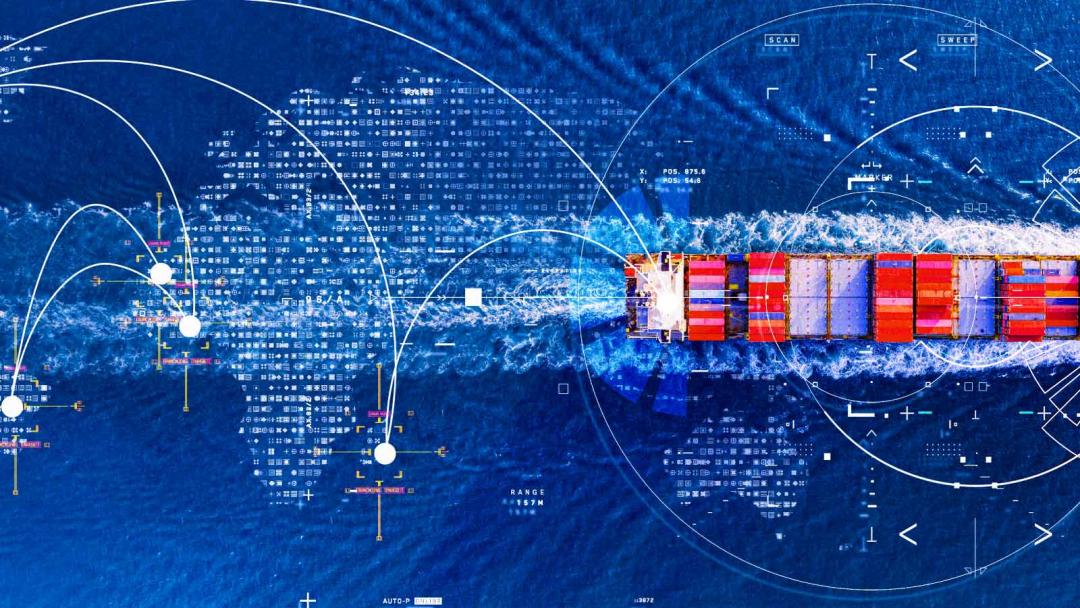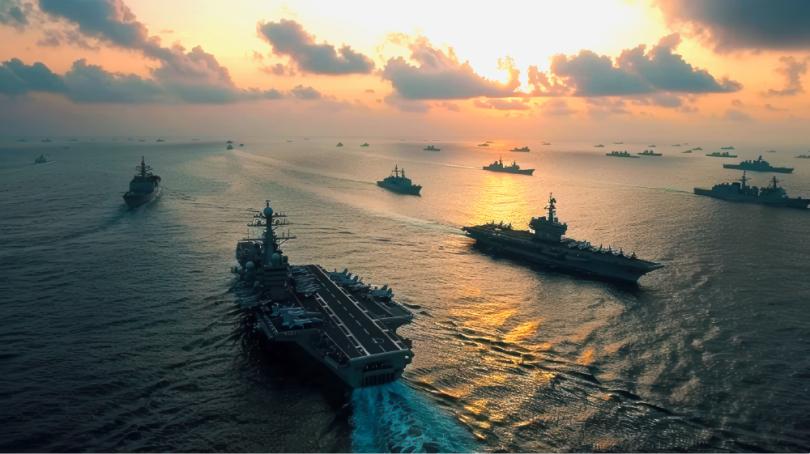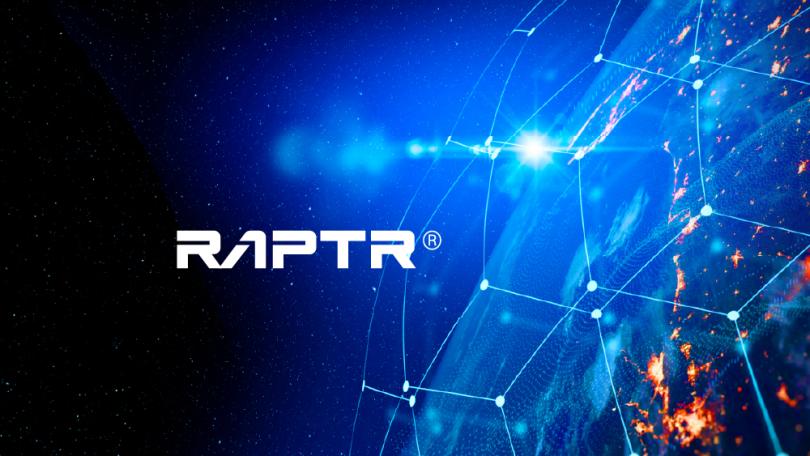

Resilient Supply Chains as a Strategic Advantage
Trish CsànkSeptember 9, 2025
Supply Chain Resilience, Logistics, Defense Modernization, Military ReadinessIn today’s competitive defense environment, supply chain performance is as decisive as firepower. Resilient, adaptive supply chains deny adversaries leverage by ensuring the continuous ability to generate and sustain combat power. Every weapon system—aircraft, ground vehicles, and naval platforms alike—relies on a robust industrial base that spans manufacturers, distributors, retailers, and repair nodes to maintain the steady flow of parts, materials, and logistics.
Yet in an era of global interdependence, rapid technology adoption, and mounting geopolitical pressures, conventional recovery plans are no longer enough. To move beyond survival, resilience must be built on a model that prioritizes cross-domain collaboration, shared market and regulatory intelligence, and timely awareness of stakeholder decisions. Together, these elements allow supply chains not only to absorb shocks and adapt in real time but also to transform disruption into opportunity—protecting readiness today and securing the mission for tomorrow.
Resilient, Mission-Driven Ecosystem
Modern supply chains must function as dynamic ecosystems, guided by mission readiness as their North Star. When leaders prioritize mission outcomes, they can uncover and address vulnerabilities before they compromise critical operations—whether sustaining weapons system availability, protecting critical assets, or ensuring frontline warfighters have what they need, when they need it.
“True resilience emerges when technology and governance reinforce one another.”
Innovative digital technologies make this achievable. Artificial intelligence, machine learning, and digital twins enable smarter risk prediction, real-time monitoring, and advanced scenario modeling. Together, these tools transform fragmented supply chains into connected, adaptive networks capable of rapidly detecting risks and recovering from disruption.
Yet without alignment to policies, governance, and acquisition models, even the most innovative technology cannot deliver resilience when faced with the challenges and opportunities of the broader ecosystem. True resilience emerges when technology and governance reinforce one another. This means embracing open data standards, integrating small and medium-sized suppliers into planning, and aligning resilience metrics across stakeholders. When government and industry unite around a common strategy, supply chains become more than prepared for disruption—they are built to endure and become stronger.
Resilience as Deterrence: Logistics as a Strategic Weapon
Resilient supply chains are more than an operational safeguard, they are a form of strategic deterrence. Adversaries increasingly target logistics networks through cyberattacks, economic coercion, and disinformation campaigns, knowing that disrupting sustainment can be as crippling as denying access to the battlefield itself. A truly resilient supply chain denies them this advantage. With adaptive capacity, calculated redundancies, and self-healing networks, resilience reduces the impact of attacks and limits adversary leverage.
In this way, it becomes more than defense—it projects strength, assuring allies, deterring competitors, and signaling that supply chain vulnerabilities cannot undermine U.S. combat power. Resilience is both shield and signal: it ensures the flow of parts and materials under stress while demonstrating that America’s military remains ready, agile, and unbroken in the face of disruption. Yet deterrence is only sustainable if resilience is paired with efficiency, ensuring supply chains remain intelligent, cost-effective, and enduring over time.
Balancing Resilience and Efficiency
While resilient supply chains can deter adversaries, they must also be balanced with efficiency and cost-effectiveness to remain economically sustainable. The goal is not to stockpile excess inventory or duplicate infrastructure, but to design systems that can withstand shocks and adapt intelligently as conditions change. Powered by real-time data and advanced analytics, defense supply chains can optimize resources while preserving the critical buffers needed to sustain missions through disruption.
By reducing emergency logistics costs, minimizing delays, and preventing vendor failures, agencies can shift from reactive crisis management to proactive risk management—spotting risks earlier, sourcing smarter, and strengthening readiness. In effect, resilience pays for itself, delivering mission assurance and enterprise-wide savings at the same time.
Expertise and Collaboration: Humans Must Stay in The Loop
Building resilient supply chains requires more than technology or policy shifts; it demands expertise applied from planning through execution across the defense ecosystem. From assessing risks in national security programs to shaping sustainment strategies in contested regions, proven logistics and transformation experience ensure resilience strategies move beyond concepts to become a force at the edge. Just as critical, cross-domain collaboration, collective intelligence, and timely awareness of stakeholder decisions—the core enablers of resilience—must be cultivated deliberately to strengthen readiness and ensure endurance under stress.
Mission Assurance through Resilience
Resilient supply chains are not just contingency plans or one-time investments, they are strategic enablers. They give leaders the confidence to shape long-term strategy, act decisively, and pivot quickly as new threats emerge. Within a unified resilience framework, supply chains become force multipliers for wargaming, contingency planning, and real-time response.
“…supply chain vulnerabilities cannot undermine U.S. combat power.”
In today’s uncertain and rapidly evolving environment, resilience cannot be an afterthought. It must operate as a thriving ecosystem powered by collaboration, cutting-edge technology, and innovation at speed. The true measure of resilience is not simply how well a supply chain survives disruption, but how effectively it adapts and emerges stronger. By turning disruption into opportunity, resilient supply chains safeguard mission assurance, deter adversaries, and preserve America’s combat edge.
At LMI, we help bring this vision to life. With decades of expertise in logistics, advanced analytics, and mission-driven transformation, we strengthen the nation’s defense supply chains to not only withstand disruption—but to prevail in it. For the Department of Defense and the broader industrial base, this is the path to mission assurance today and mission success tomorrow.


Trish Csànk
Vice President, Supply Chain ManagementTrish Csànk serves as the vice president of supply chain management at LMI where she oversees end-to-end federal supply chain analysis, providing best in-class solutions to increase efficiency and effectiveness for the customer.


